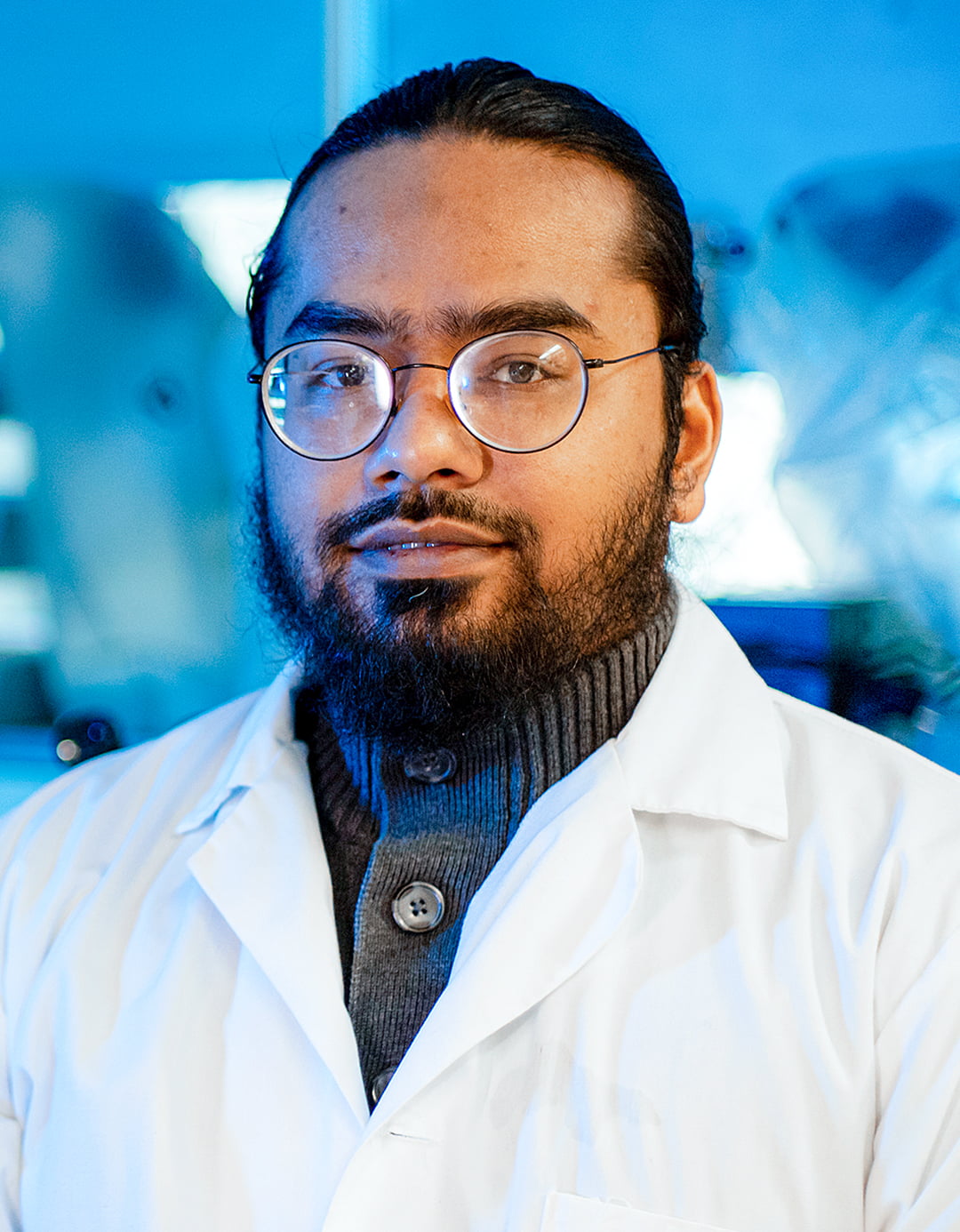Climate change is hampering mountain pine beetle reproduction but also appears to slightly benefit the invasive insect in other ways, new University of Alberta research shows.
The mixed scenario provides “a deeper understanding of dynamics that are crucial to building effective forest management and conservation strategies in the face of ongoing environmental changes,” says Rashaduz Zaman, who led the study, working toward a PhD in forest biology and management from the Faculty of Agricultural, Life & Environmental Sciences.
The study — the first to show specifically how the mountain pine beetle is affected by elevated levels of two greenhouse gases, carbon dioxide and ozone — provides new insight into how the insect and its relationship with beneficial fungi are influenced by climate change.
The findings signal a mix of potentially positive and negative implications for the beetle.
More CO2, more beetles?
On an apparent upside for the insect — but detrimental for the lodgepole forests it attacks — lab experiments showed that exposure to higher levels of carbon dioxide accelerated the beetle’s typical one-year cycle of egg-laying, hatching and maturing by at least five days, which could in turn lead to more rapid population growth and higher infestation rates.
The finding could potentially aid in creating better management strategies against the beetle’s invasion of boreal forests, says Zaman.
The beetle invades trees both near and far, but because accelerated development could make the insect larger, it would be able to fly farther, making it more difficult to pinpoint and manage far-flung infestation sites.
“This insight is crucial for mountain pine beetle management because it suggests that areas with clusters of attacked trees nearby, resulting from short-distance dispersal, may be more manageable from a control perspective,” Zaman notes.
“Concentrating control efforts in these relatively small areas could be more effective in containing infestations and preventing their spread to new locations. Forest managers and policy-makers can tailor their management strategies to target specific areas more efficiently.”
As well, the researchers were surprised to find that despite the beetle’s reduced reproduction rates, within a single generation, the higher ozone exposure also provided a better ability to survive against a parasitic fungus that usually kills the insect.
“Brood beetles demonstrated normal behaviour despite the environmental challenges that affected their parents, which could be due to an increased response from defence-related genes,” Zaman suggests.
Experiments conducted under less humid, drier conditions — which are expected to come with climate change — also altered saprophytic fungi, a type that is usually harmful because it outcompetes the beetle’s beneficial fungi.
But lower humidity flipped that equation, providing beneficial fungi for the beetle broods to feed on, Zaman notes.
“This could ultimately benefit the beetles, with a higher likelihood of reproduction success and range expansion.”
Ozone may impair reproduction
There were also detrimental effects for the beetle, the research showed.
Exposure to higher levels of ozone reduced the insect’s ability to deposit its larvae in the tree bark, meaning fewer eggs were laid.
The production of pheromones — airborne chemical signals the beetles use to communicate in numbers large enough for mating and reproduction — was also altered.
That means their ability to mate could be impaired, Zaman says.

